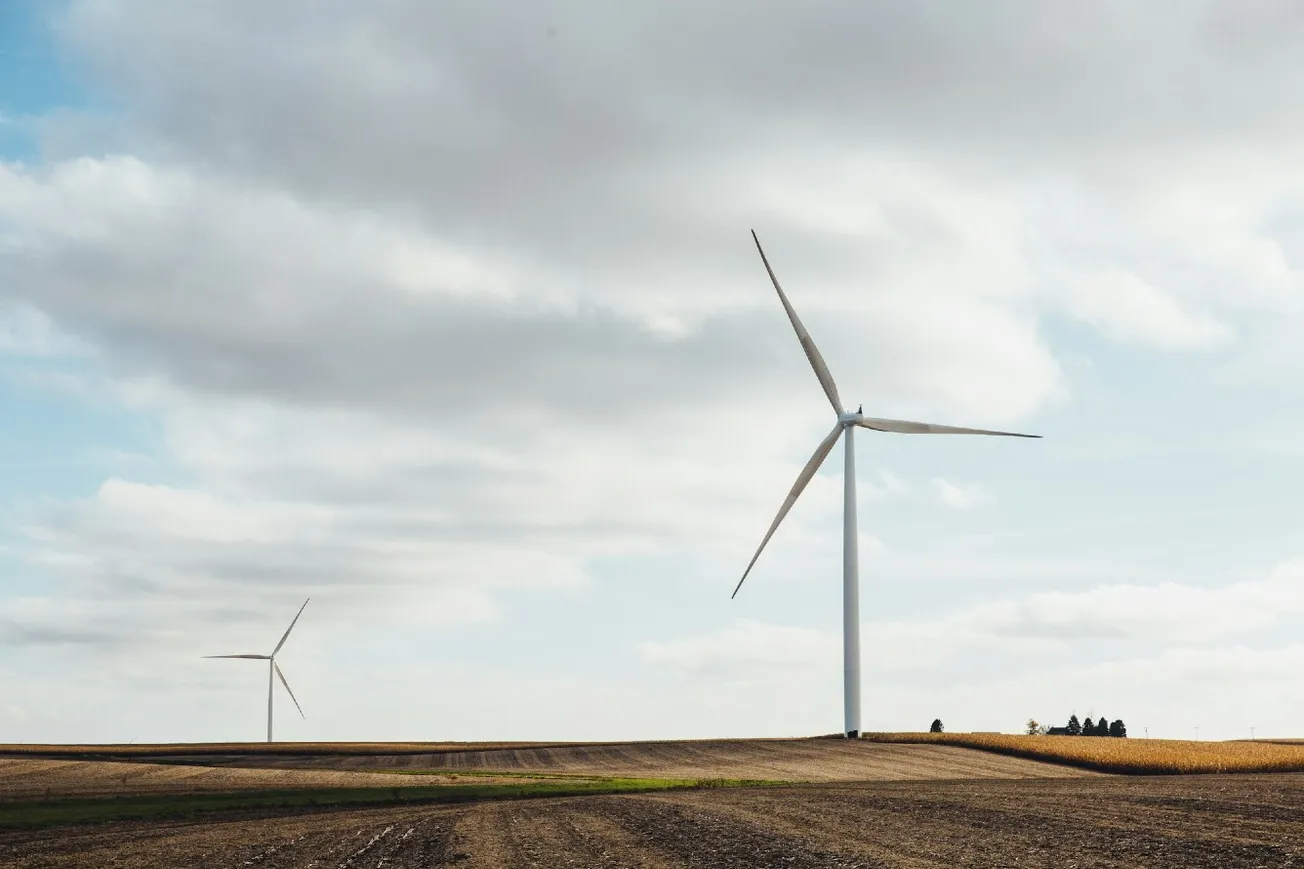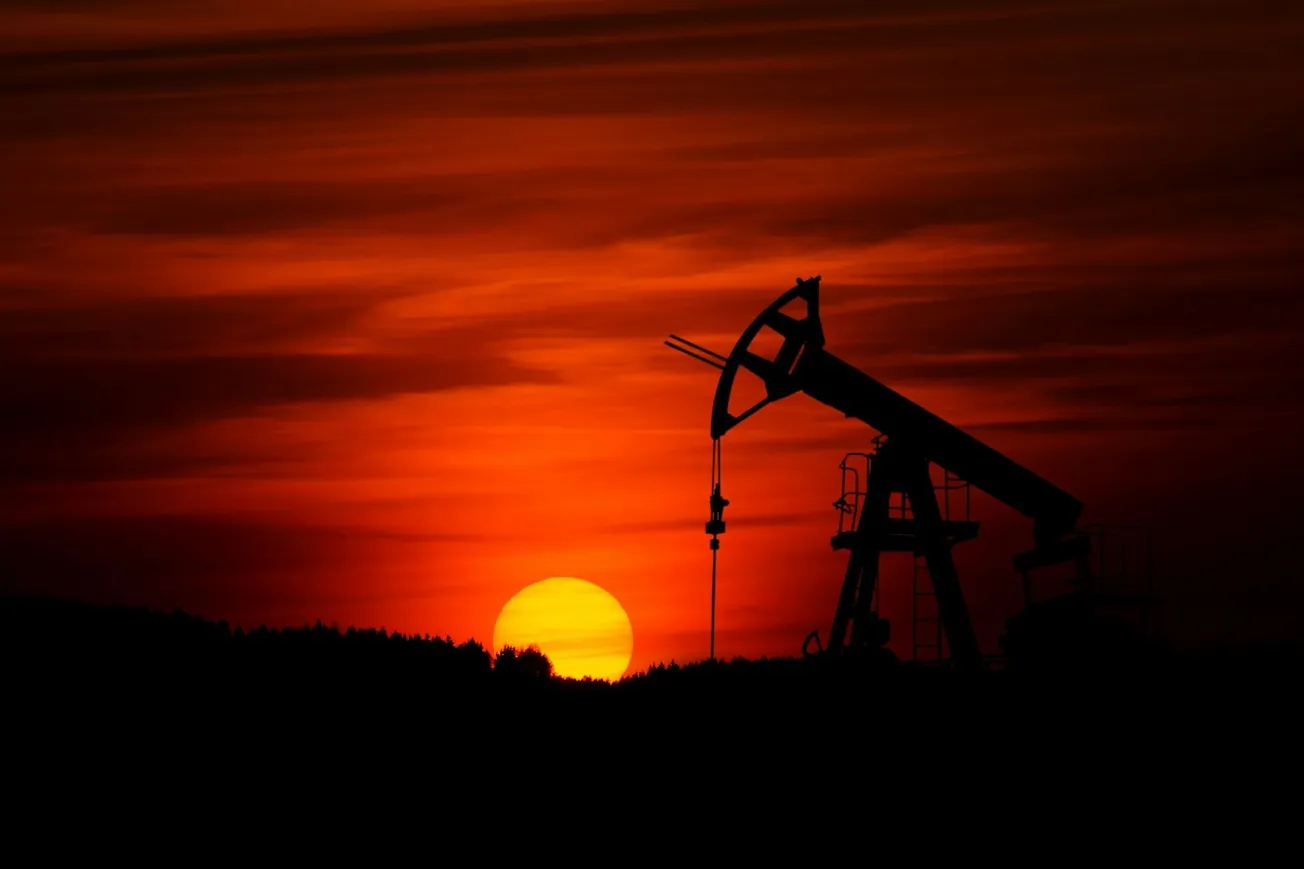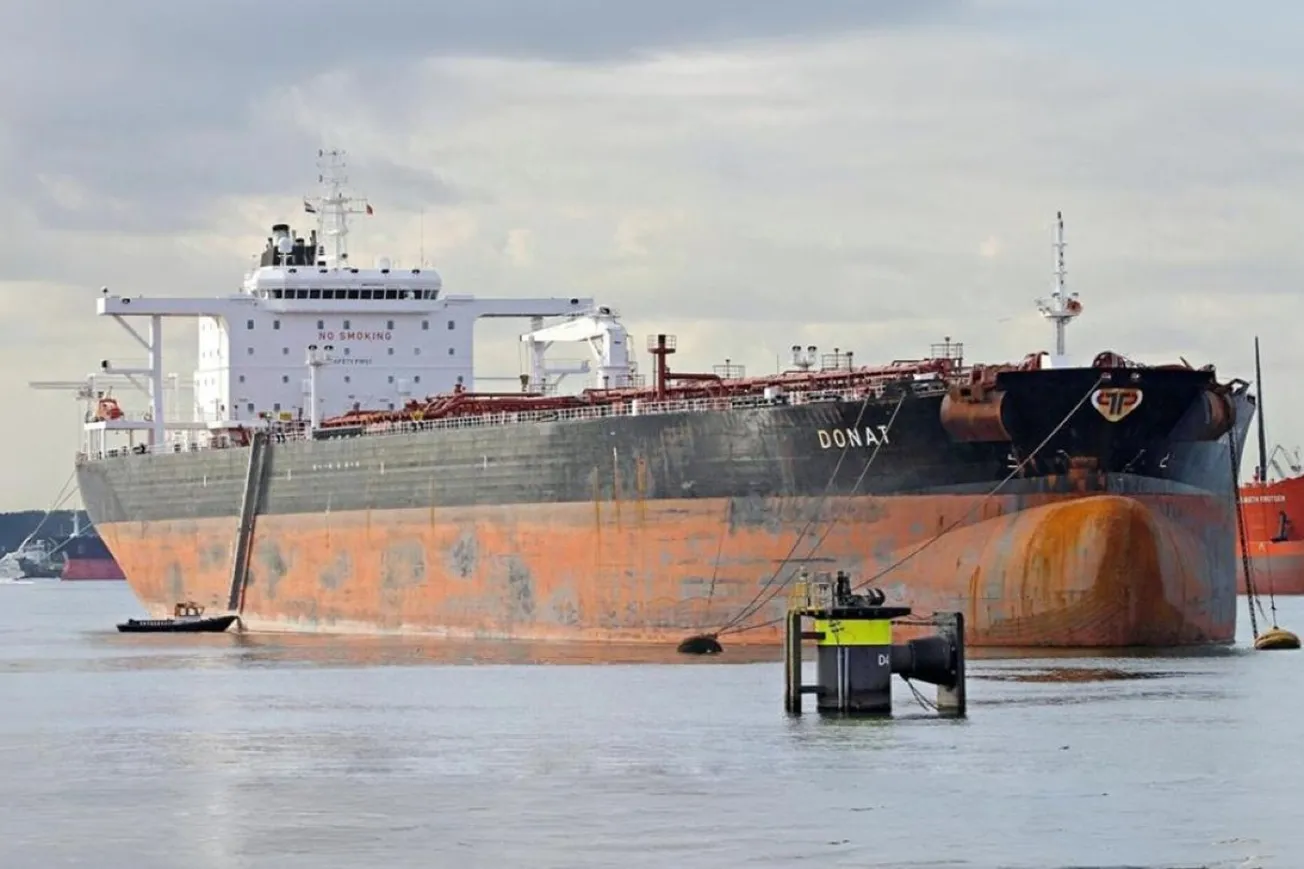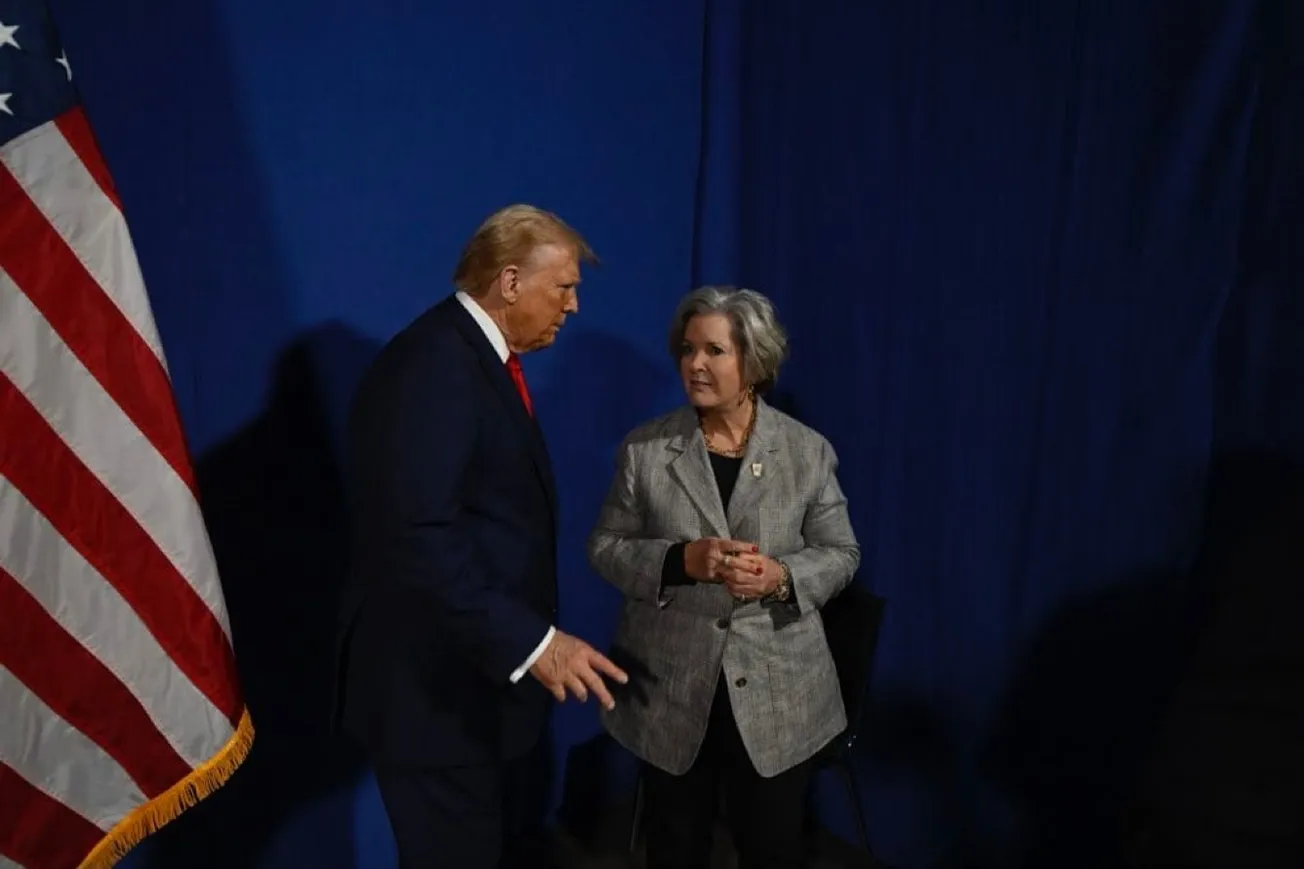By Bonner Cohen, Ph. D., Daily Caller News Foundation |February o2, 2025
Signaling a sharp departure from Biden administration green-energy policies, President Donald Trump Jan. 20 signed an executive order temporarily halting offshore wind lease sales in federal waters and pausing the issuance of approvals, permits, and loans for both offshore and onshore wind projects.
An outspoken critic of wind power, especially offshore wind projects, Trump plans to use the federal permitting process to tie up proposed wind installations in endless red tape and, in so doing, discourage investors from putting their money into capital-intensive wind projects.
Upending the hitherto prevailing narrative surrounding the importance of wind power in combatting climate change, the Trump executive order casts doubt on the economic and environmental legitimacy of offshore wind turbines. In putting offshore wind developers through the ringer of a rigorous review process, the Trump order cites “the need to foster an energy economy capable of meeting the country’s growing demand for reliable energy, the importance of marine life, impacts on ocean currents and wind patterns, effects on energy costs for all Americans – especially those who can least afford it – and to ensure that the United States is able to maintain a robust fishing industry for future generations and provide low-cost energy to its citizens.”
The Trump White House says that the federal government’s leasing and permitting of onshore and offshore wind projects could lead to “great harm,” with negative impacts on navigational safety, transportation, national security, commercial interests and marine mammals. Additionally, the Trump executive order calls for a multiagency assessment to “consider the economic costs associated with the intermittent generation of electricity and the effect of subsidies on the viability of the wind industry.”
In 2021, the Biden administration confidently set a goal of 30 gigawatts (GW) of offshore wind power by 2030. The industry was boosted by generous federal subsidies and a permitting process in Washington primed to bring about swift approvals.
But things have not gone according to plan. Dreams that America’s coastline would soon be brimming with thousands of wind turbines shooting hundreds of feet into the air collided with stark economic, political and environmental realities.
Soaring materials costs, rising interest rates, supply chain bottlenecks and rising resistance by coastal communities led multiple offshore wind developers to cancel or seek to renegotiate power contracts. The offshore wind industry’s troubles were symbolized by a widely reported turbine blade failure at a wind installation off the coast of Massachusetts in 2024 that created a debris field of fiberglass that spread for miles and forced the closure of Nantucket beaches.
The incident reflects only one of the many environmental concerns surrounding offshore wind.
“Construction crews – housed in floating hotels – use giant equipment to piledrive anchors into the seabed,” Hakai Magazine reports. “Others lay heavy-duty submarine cables and build offshore substations. Once the turbines are running, maintenance crews sail out to keep the blades humming along with the ocean’s forceful winds. All of this creates opportunities for ship strikes, collisions with the turbines, and an onslaught of underwater noise.”
Concerns have long been raised that wind turbines along the East Coast could impede the migratory path of the endangered right whale. Coastal New Jersey has been targeted by wind power developers, but the waters off the Jersey Shore are also home to the right whale.
A month before Trump’s election, the Biden Bureau of Ocean Energy Management (BOEM) approved the Atlantic Shores South project to construct and operate up to 200 wind turbines, rising 1,000 feet above the ocean, 15 to 20 miles off the Garden State’s coast. After Trump’s action, the future of that project is now in doubt.
“We believe the executive order that was issued [Jan. 20] is only the first step in future administration executive actions to stop not just offshore wind, but the wind industry writ large in America,” Robin Shaffer, president of Protect Our Coast NJ, told the Washington Times.
That may be far more than just wishful thinking. Trump also ordered a temporary halt to the development of the Lava Ridge Wind Project, which is on federal land in Idaho and has faced growing local opposition. The president instructed the Department of Interior to conduct “a new and comprehensive analysis of the various interests implicated by the Lava Ridge Wind Project and the potential environmental impacts.”
Having now targeted the facility in Idaho, there is nothing to keep the Trump administration from setting its sights on other proposed onshore wind projects. Wind developers will have little choice but to challenge all of this in court, which will lead to further delays and higher costs for an industry already beset by diminishing expectations.
Pampered by subsidies and renewable-energy mandates, and driven by claims that it is a “solution” to climate change, wind power risks being brought low by its own shortcomings.
It is an intermittent, inefficient and environmentally destructive source of energy. And, like solar power, it cannot possibly meet the growing demand for electricity brought on by the trifecta energy-hungry AI, data centers and quantum computing.
Even worse, there was an administration in Washington that knew this.
Bonner Russell Cohen, Ph. D., is a senior policy analyst with the Committee for a Constructive Tomorrow (CFACT).
Original article link









